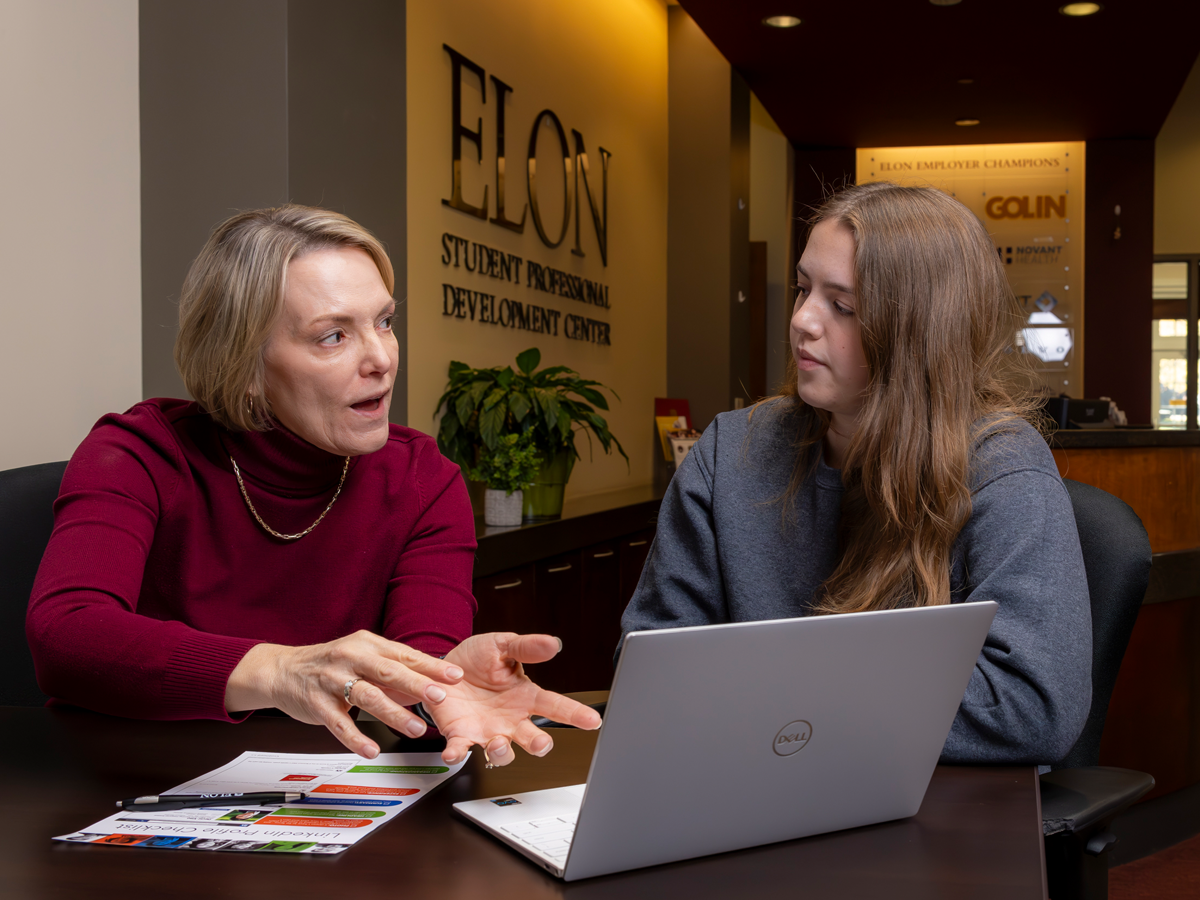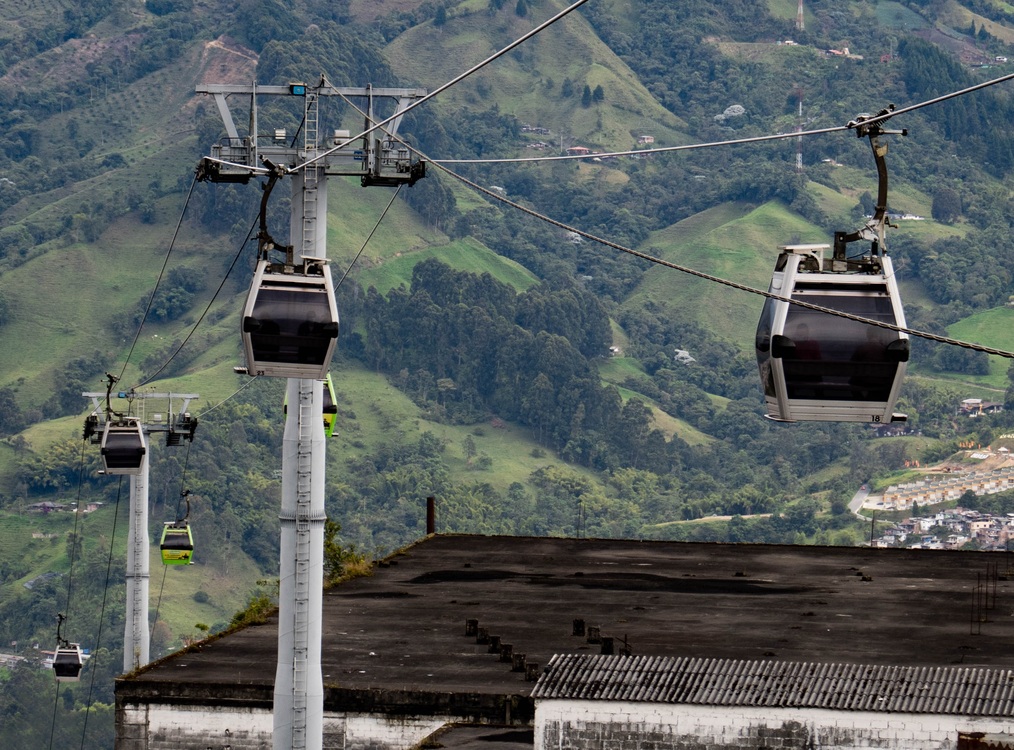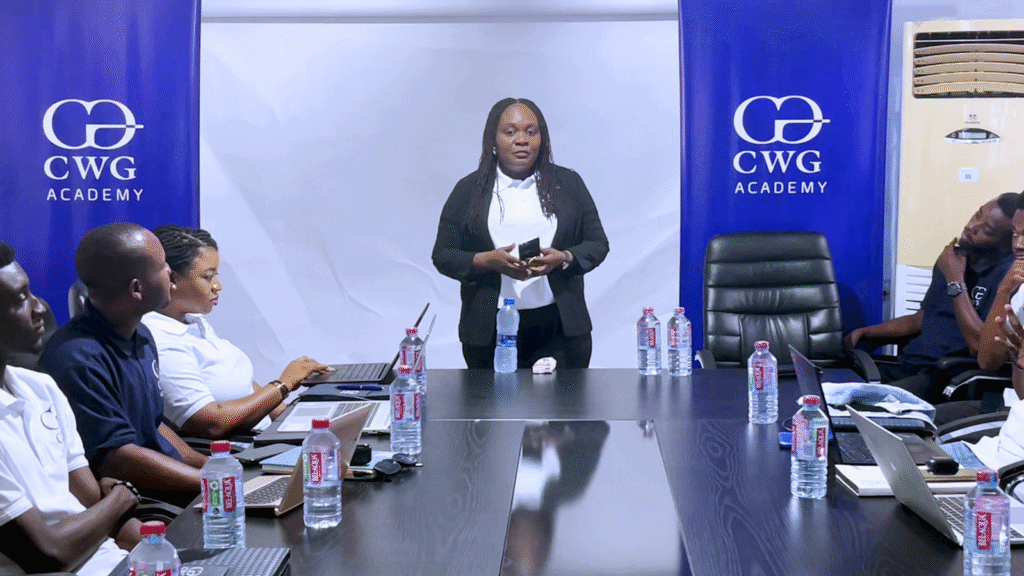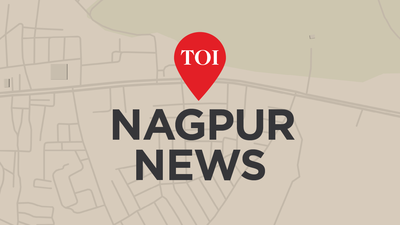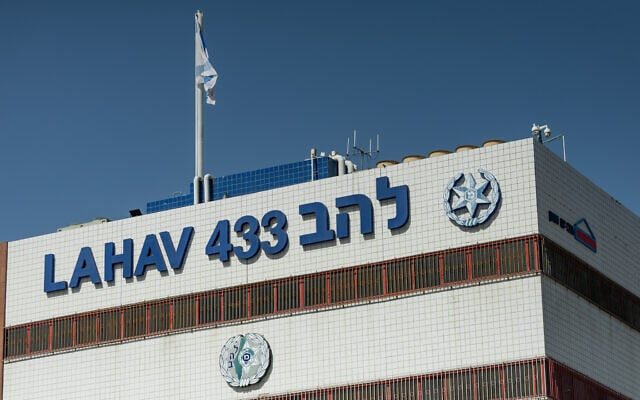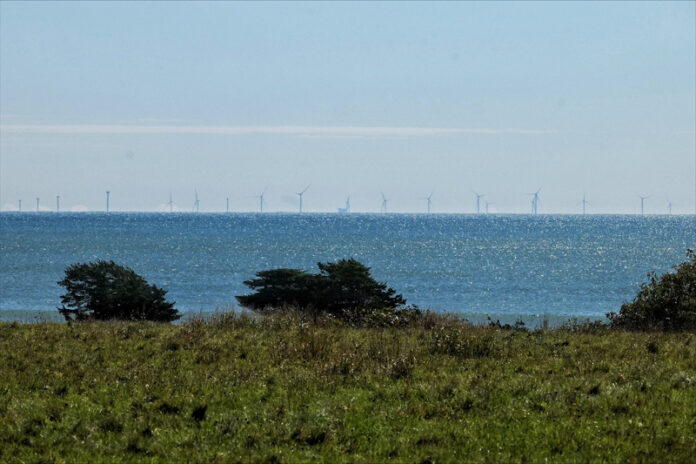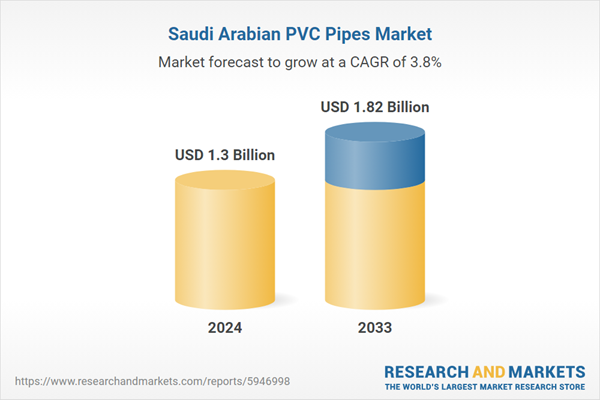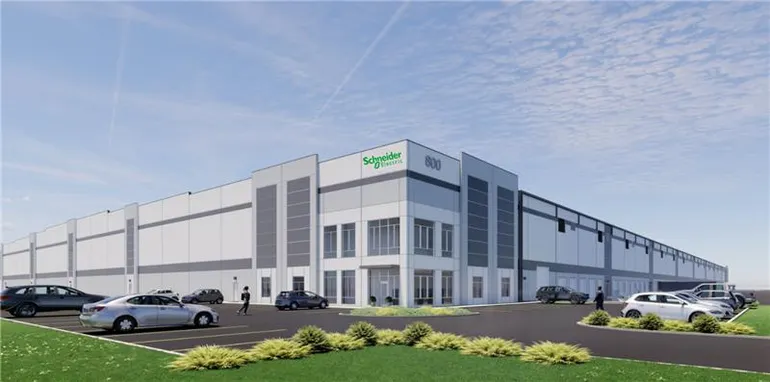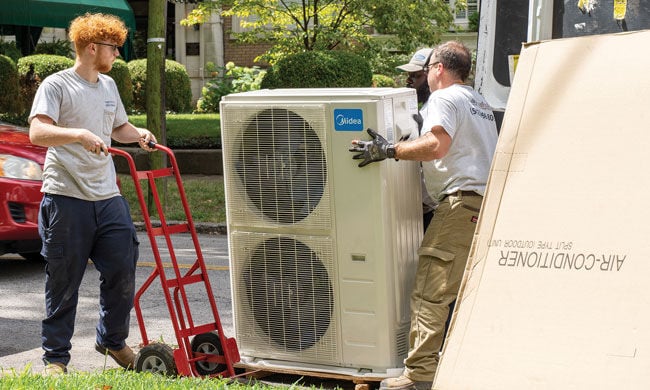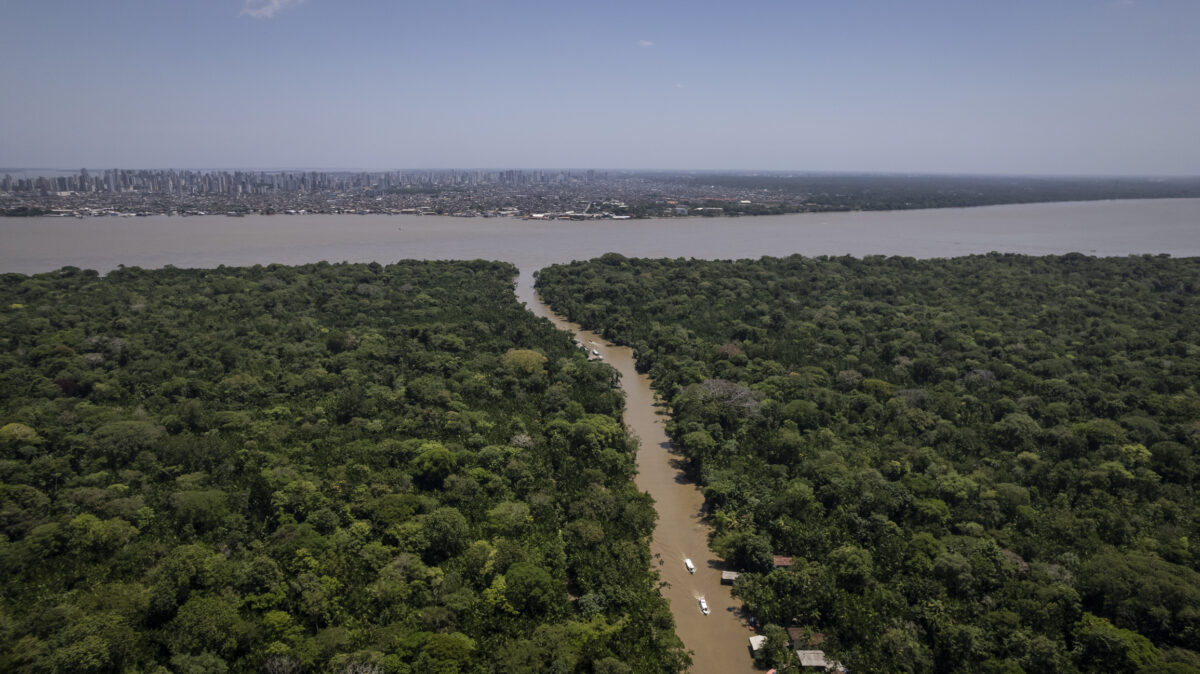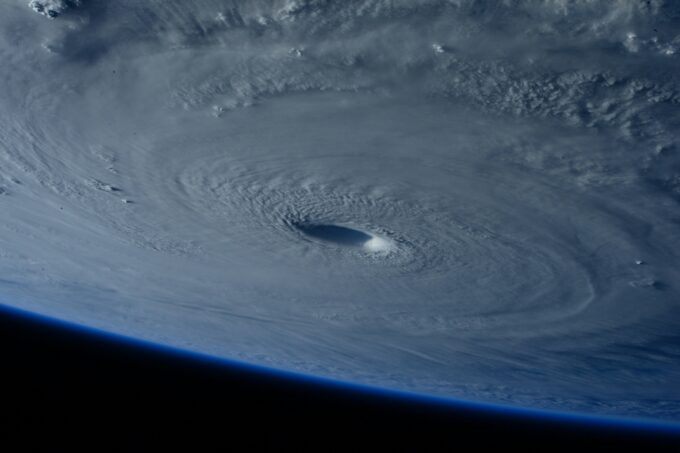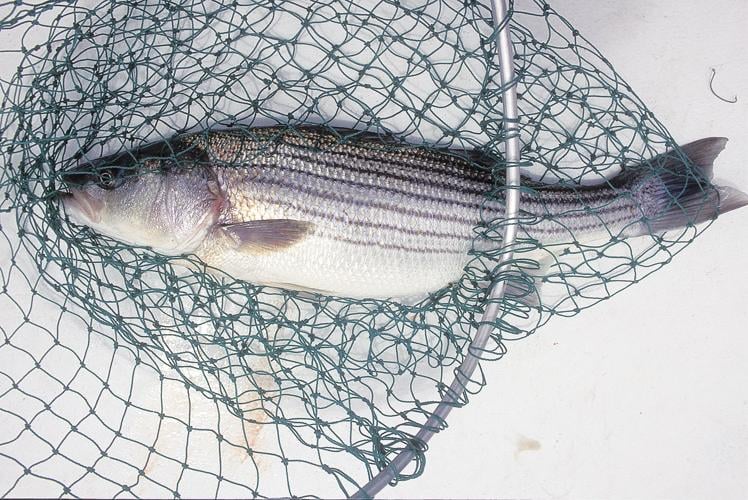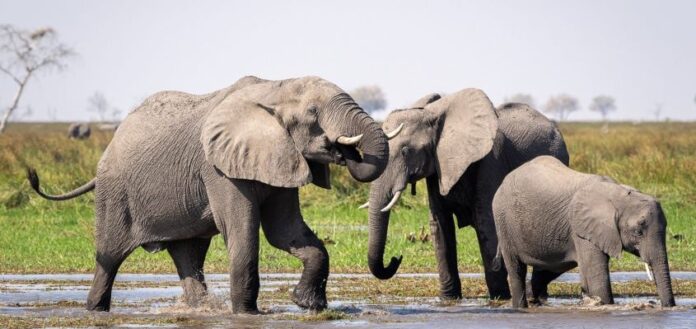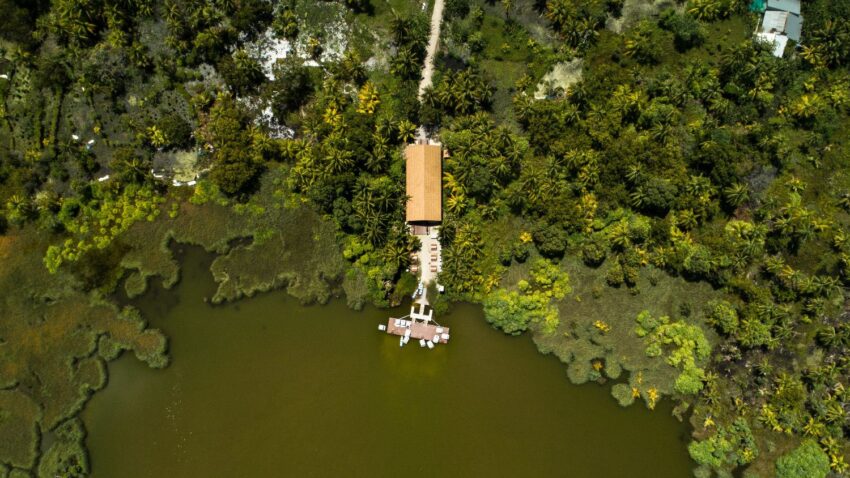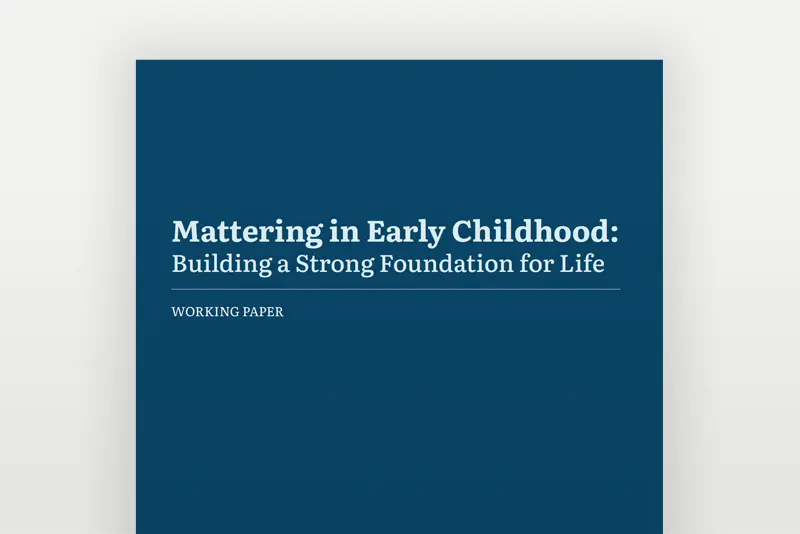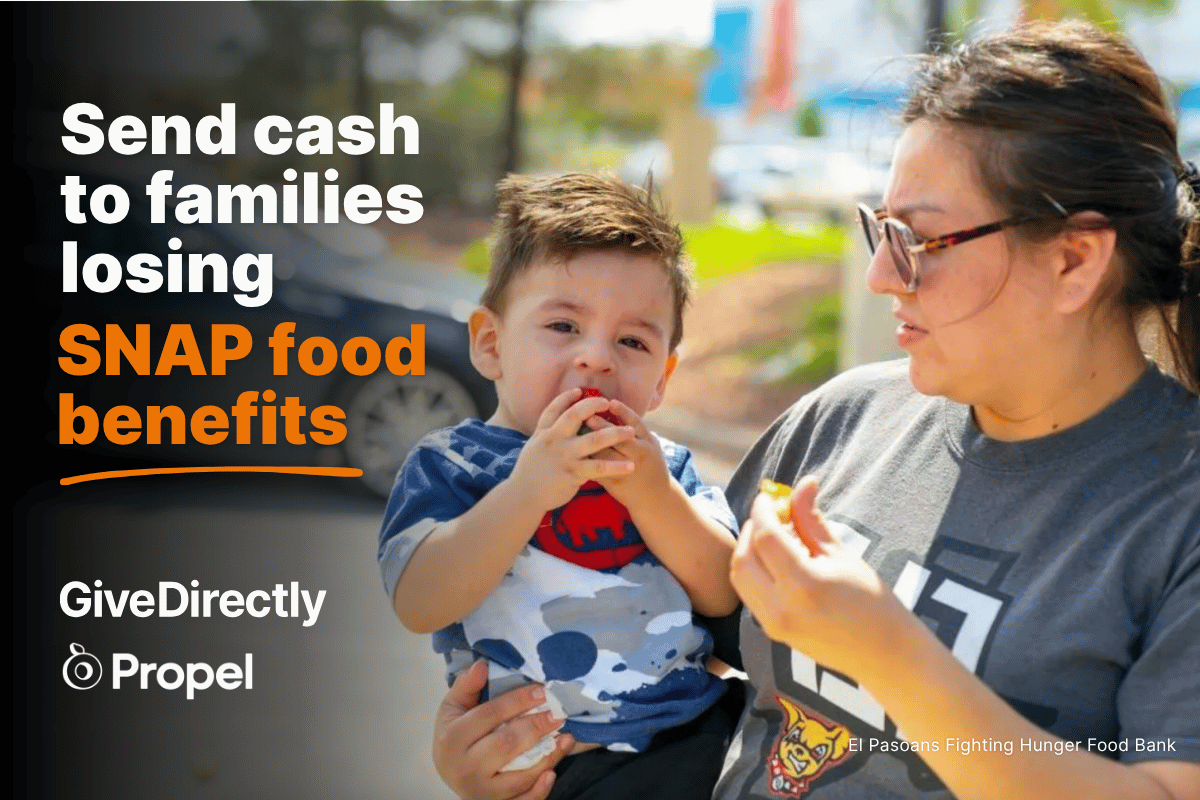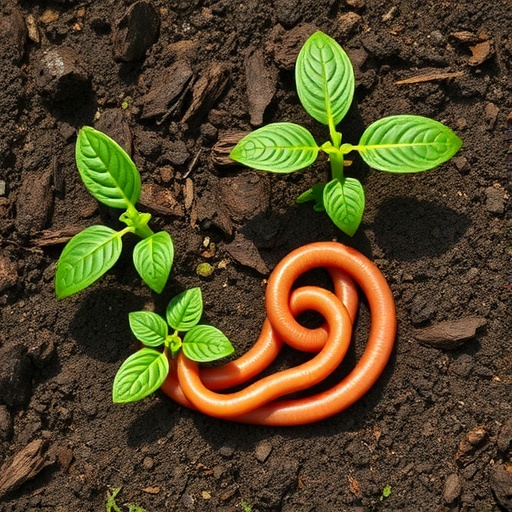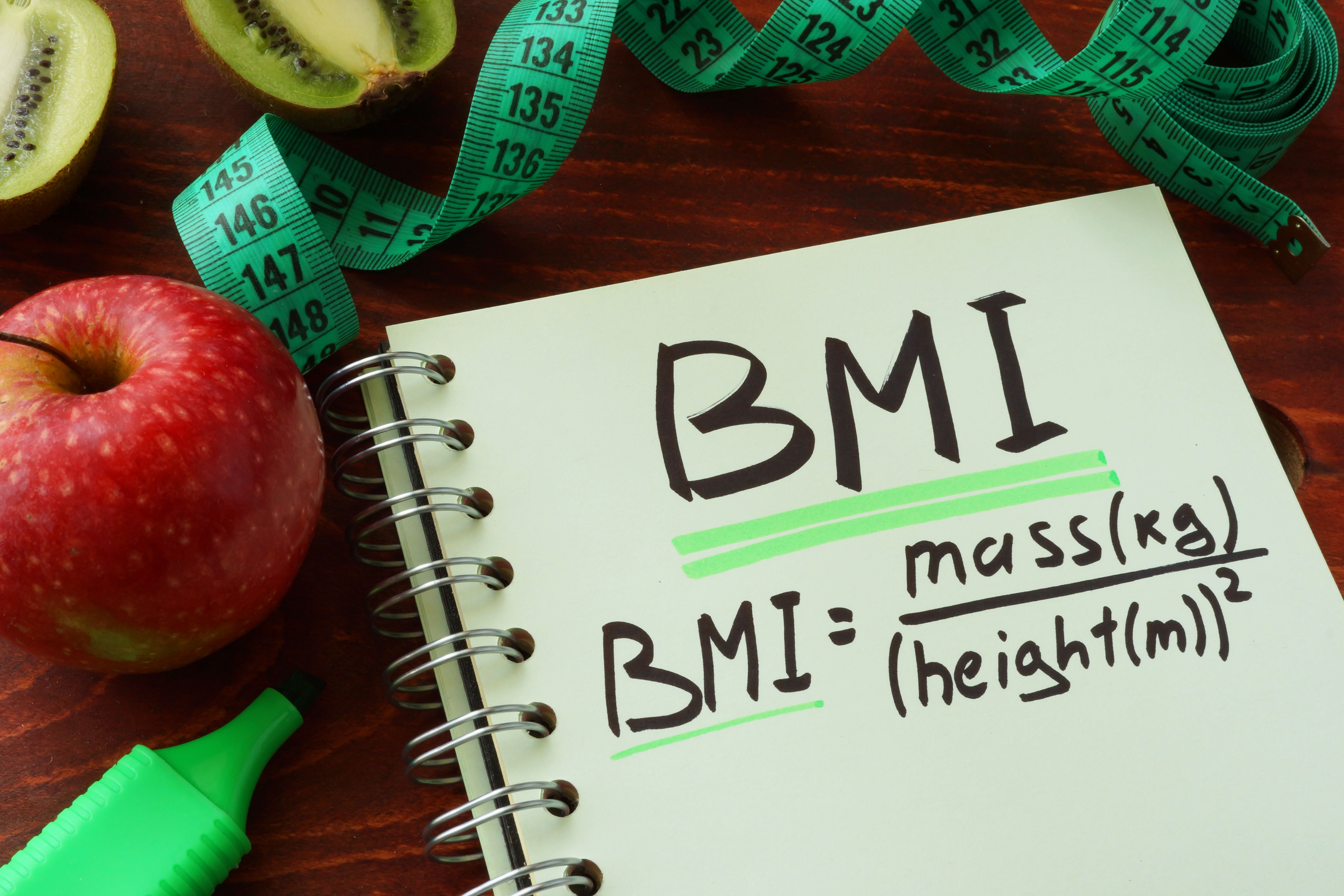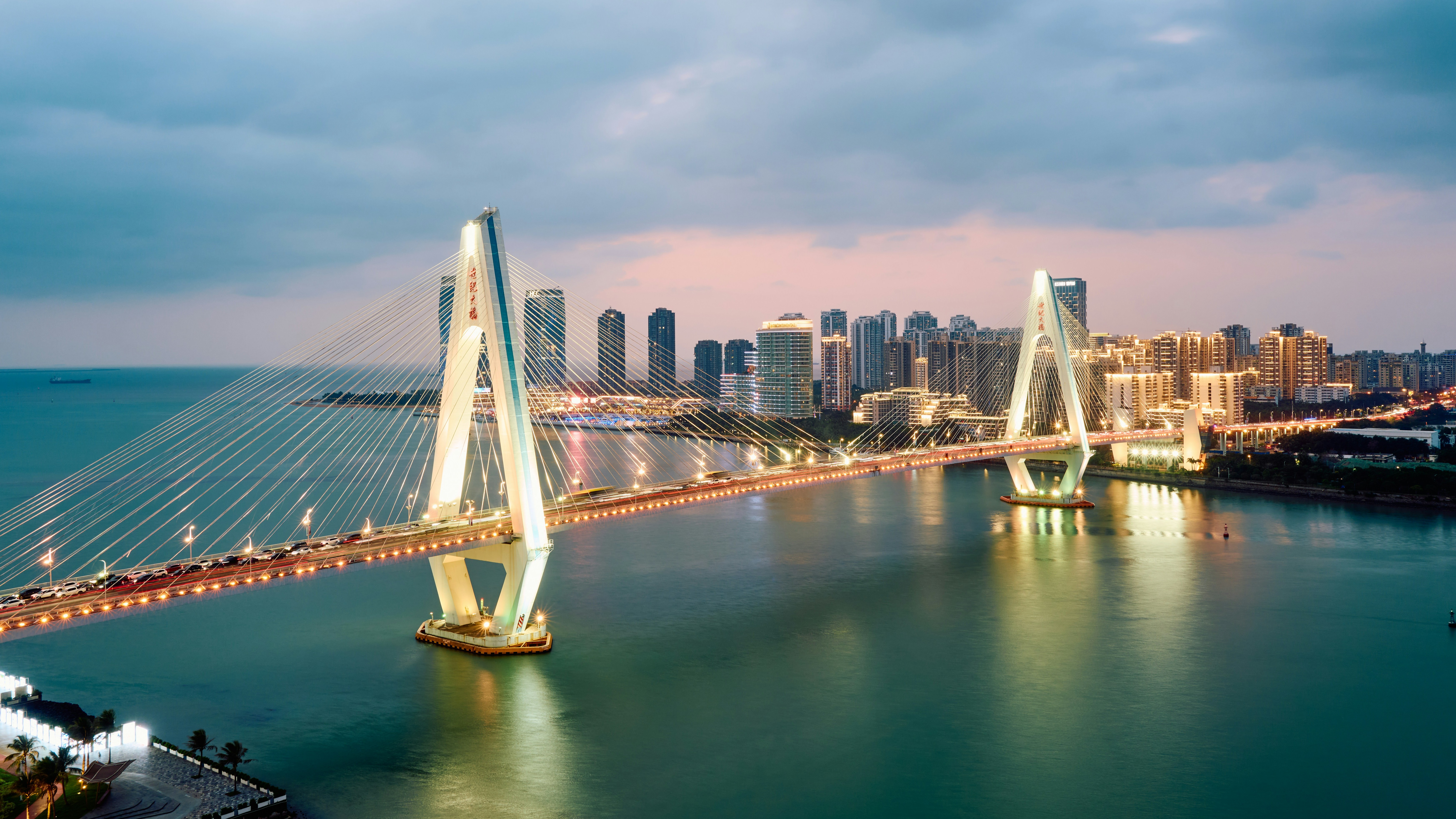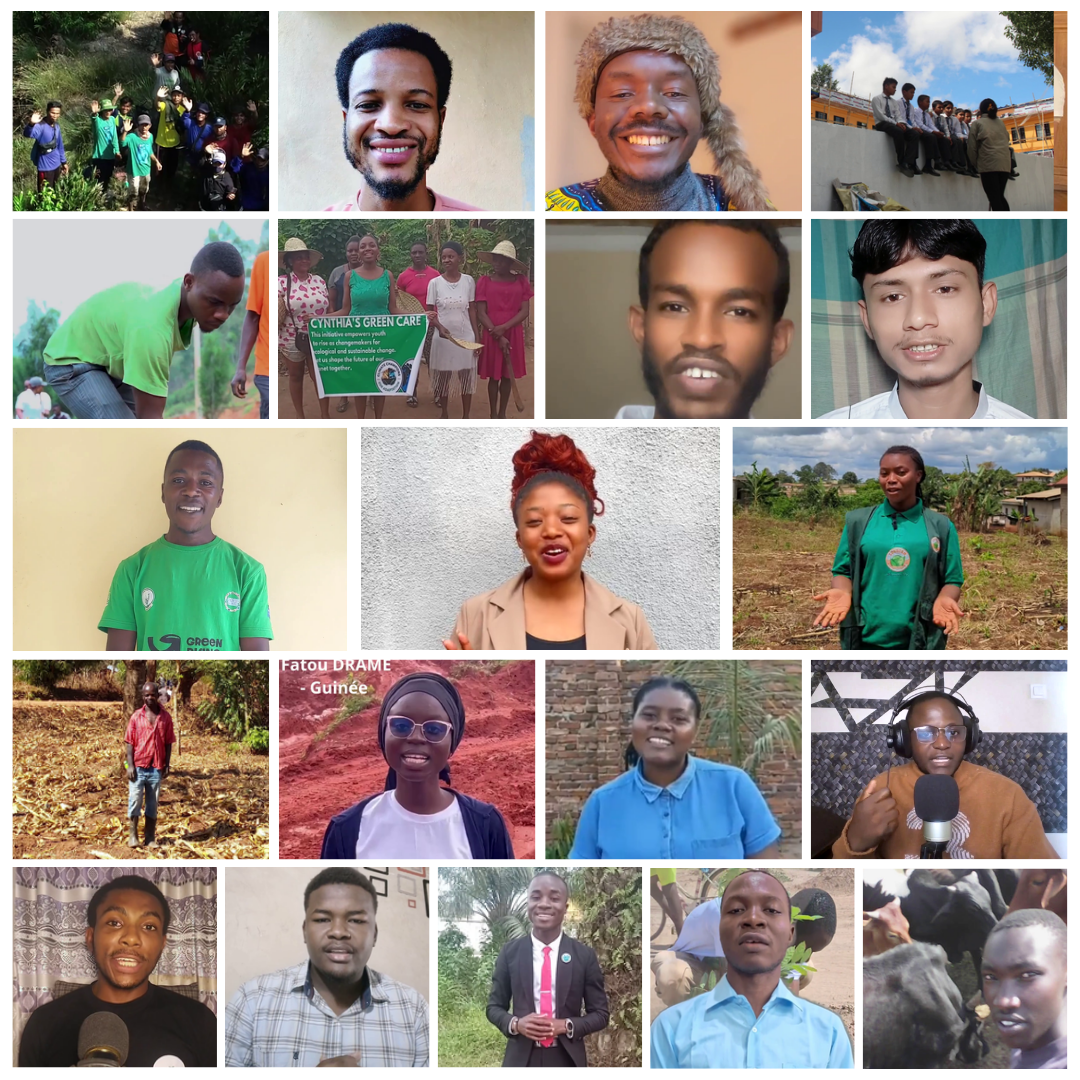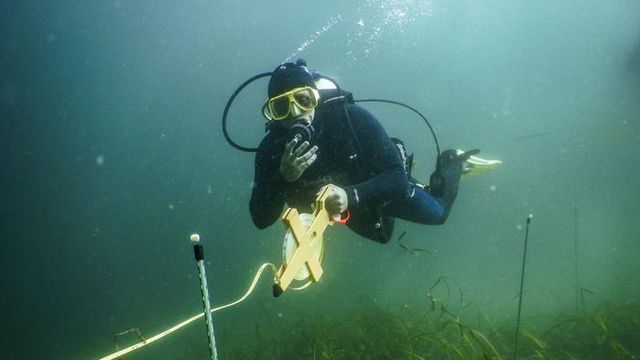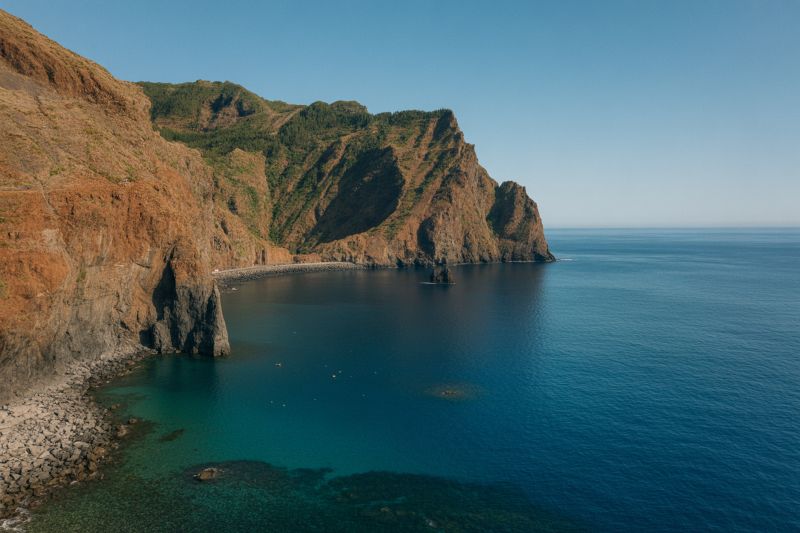Reviving river herring – U.S. Fish and Wildlife Service (.gov)
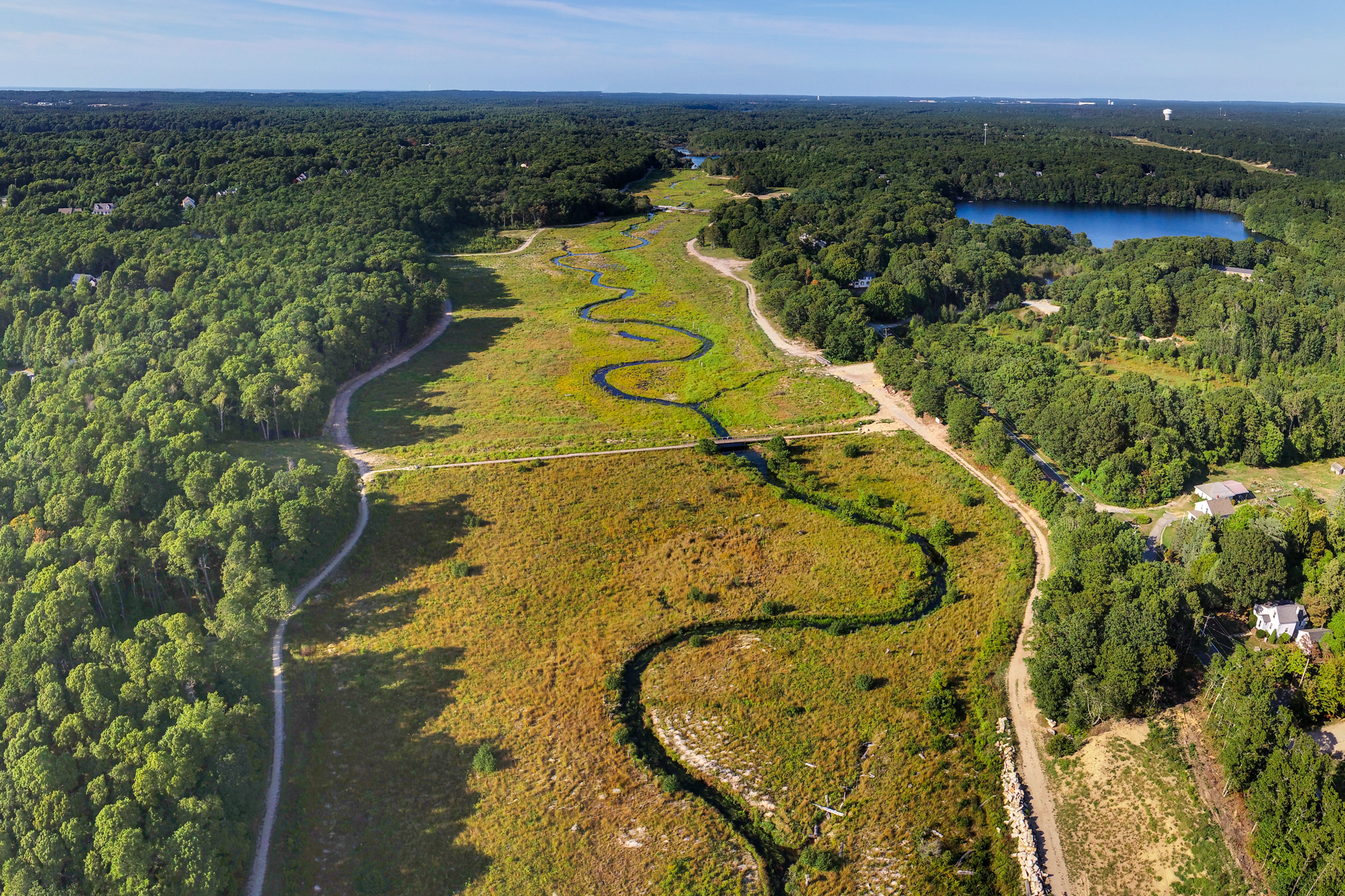
Coonamessett River Restoration Project: Advancing Sustainable Development Goals through Wetland Rehabilitation

Introduction: Decline of Cranberry Bogs and Environmental Impact
Each autumn, Cape Cod witnesses the harvest of ruby red cranberries from flooded bogs, a tradition spanning over 200 years. However, this practice is declining due to changing weather patterns and competition from other states. Thousands of cranberry bogs in Southeastern Massachusetts are now abandoned, with ditches and dams disrupting natural stream flows and preventing the restoration of healthy wetland and stream habitats.
NOAA’s Role in Wetland Restoration and SDG Alignment
For nearly two decades, NOAA and its partners have been restoring former cranberry bogs to create biodiverse wetlands, supporting migratory fish such as river herring. In January 2025, construction began on a new restoration project at Falmouth’s Upper Coonamessett River, funded with $1.7 million from NOAA’s Office of Habitat Conservation through the Infrastructure Investment and Jobs Act.
Project Objectives
- Remove seven barriers to fish passage
- Restore 4,000 linear feet of stream channel
- Fill in dead-end drainage ditches that trap river herring and American eel
- Remove excess sand layers and re-expose natural peat soils to enable nearly 10 acres of native wetland plants to re-establish
- Improve water quality by eliminating warm, low-oxygen dead-end ditches
- Create a wheelchair-accessible stone-dust trail and boardwalk with interpretative educational signage
Partnerships and Collaborative Efforts
NOAA collaborates with over 30 partners, including local conservation departments and indigenous groups. This project builds upon the success of a 2020 NOAA-funded restoration on the lower Coonamessett River, which reopened 2.2 miles of river to fish passage, restored 4,600 feet of river channel, and rehabilitated 56 acres of wetland habitat. The restoration led to the return of over 200 native wetland plant species and the reintroduction of native brook trout.
Environmental Degradation and Historical Context
Impact of Industrialization and Farming on the Coonamessett River
The Coonamessett River, once home to one of Cape Cod’s largest river herring runs, has suffered from industrialization and cranberry farming since the 1700s. Grist mills and poorly designed culverts impeded fish migration, while river straightening and wetland drainage degraded habitats. The accumulation of sand over peat soils suppressed native plant growth, and warm, stagnant waters in drainage ditches increased fish mortality.

Restoration Strategies and Ecological Benefits
Restoring Habitat Complexity and Biodiversity
Restoration efforts involve removing old culverts and embankments, filling drainage ditches, and enhancing stream complexity by adding large woody debris. Exposing peat soils enables dormant native seeds to germinate, promoting wetland plant diversity. These actions align with SDG 15 (Life on Land) by restoring terrestrial ecosystems and SDG 14 (Life Below Water) by improving aquatic habitats.
Water Quality and Climate Resilience
Restored wetlands filter pollutants and reduce water temperatures, benefiting aquatic species and local communities relying on the river’s aquifer. This supports SDG 6 (Clean Water and Sanitation) and SDG 13 (Climate Action) by enhancing ecosystem resilience to climate change.

Community Engagement and Cultural Recognition
Accessible Recreation and Educational Opportunities
The project includes the construction of accessible boardwalks and trails, connecting with existing pathways to offer 10 miles of exploration along the restored river and wetlands. Interpretative signage educates visitors on the local ecology and history, promoting SDG 4 (Quality Education) and SDG 11 (Sustainable Cities and Communities).
Indigenous Partnerships and Rights of Nature
The project acknowledges the Wampanoag Tribal culture and their stewardship of river herring. In 2023, the Mashpee Wampanoag youth group presented a “Declaration of the Rights of Herring,” inspiring the Town of Falmouth to adopt a resolution recognizing the rights of nature, empowering ecosystem protection and restoration efforts in line with SDG 16 (Peace, Justice, and Strong Institutions).
Future Projects and Regional Impact
Marks Cove Wetland Restoration
Mass Audubon, supported by $2.8 million in NOAA funding, is restoring 20 acres of former cranberry bogs at Marks Cove, Wareham, Massachusetts. This project prioritizes salt marsh migration to adapt to sea-level rise, preventing infrastructure flooding and supporting SDG 13 (Climate Action) and SDG 9 (Industry, Innovation, and Infrastructure).
Capacity Building and Indigenous Leadership
The restoration includes an early-career mentoring program led by the Native Land Conservancy for Wampanoag and other Indigenous peoples, fostering inclusive conservation leadership and supporting SDG 8 (Decent Work and Economic Growth) and SDG 10 (Reduced Inequalities).
Additional Partners
- Local conservation organizations
- Indigenous groups
- Government agencies
- Community volunteers
Conclusion
NOAA’s Coonamessett River restoration project exemplifies integrated efforts to restore ecosystems, enhance biodiversity, and promote sustainable community engagement. Through collaboration and innovative restoration techniques, the project advances multiple Sustainable Development Goals, ensuring resilient habitats and thriving fisheries for future generations.
1. Sustainable Development Goals (SDGs) Addressed or Connected
- SDG 6: Clean Water and Sanitation – The article discusses restoring wetlands and improving water quality by eliminating dead-end ditches where waters warm and lose oxygen.
- SDG 13: Climate Action – Restoration of wetlands helps in adapting to climate change impacts such as sea level rise by allowing saltwater marsh migration.
- SDG 14: Life Below Water – The project restores habitats for migratory fish like river herring and American eel, supporting aquatic biodiversity.
- SDG 15: Life on Land – Restoration of wetlands and native plant habitats promotes biodiversity and ecosystem health on land.
- SDG 11: Sustainable Cities and Communities – Creation of accessible trails and educational signage enhances sustainable recreational opportunities and community engagement.
- SDG 17: Partnerships for the Goals – The article highlights collaboration among NOAA, local governments, indigenous groups, and other partners.
2. Specific Targets Under Those SDGs
- SDG 6
- Target 6.6: Protect and restore water-related ecosystems, including wetlands.
- SDG 13
- Target 13.1: Strengthen resilience and adaptive capacity to climate-related hazards and natural disasters.
- SDG 14
- Target 14.2: Sustainably manage and protect marine and coastal ecosystems to avoid significant adverse impacts.
- Target 14.4: Effectively regulate harvesting and end overfishing to restore fish stocks.
- SDG 15
- Target 15.1: Ensure conservation, restoration, and sustainable use of terrestrial and inland freshwater ecosystems.
- Target 15.5: Take urgent action to reduce degradation of natural habitats and halt biodiversity loss.
- SDG 11
- Target 11.7: Provide universal access to safe, inclusive, and accessible green and public spaces.
- SDG 17
- Target 17.16: Enhance global partnerships to support sustainable development.
3. Indicators Mentioned or Implied to Measure Progress
- Fish Population Counts – The article mentions volunteers counting river herring during the annual herring run, which can serve as an indicator of fish population recovery.
- Restored Wetland Area – Measurement of acres of wetlands restored (e.g., 56 acres restored in previous project, nearly 10 acres in current project) indicates progress in habitat restoration.
- Stream Channel Restoration Length – Linear feet of stream channel restored (e.g., 4,000 feet) is a measurable indicator of habitat improvement.
- Fish Passage Barriers Removed – Number of barriers removed (e.g., seven barriers) reflects improved ecosystem connectivity.
- Water Quality Improvements – Implied through elimination of dead-end ditches that warm and lose oxygen, which can be measured by water temperature and oxygen levels.
- Biodiversity Indicators – Return of native wetland plants and reintroduction of native brook trout indicate ecosystem health.
- Accessibility Metrics – Creation of wheelchair-accessible trails and educational signage can be tracked to measure inclusivity and community engagement.
4. Table: SDGs, Targets and Indicators
| SDGs | Targets | Indicators |
|---|---|---|
| SDG 6: Clean Water and Sanitation | 6.6: Protect and restore water-related ecosystems, including wetlands. |
|
| SDG 13: Climate Action | 13.1: Strengthen resilience and adaptive capacity to climate-related hazards. |
|
| SDG 14: Life Below Water |
|
|
| SDG 15: Life on Land |
|
|
| SDG 11: Sustainable Cities and Communities | 11.7: Provide universal access to safe, inclusive, and accessible green spaces. |
|
| SDG 17: Partnerships for the Goals | 17.16: Enhance global partnerships for sustainable development. |
|
Source: fisheries.noaa.gov

What is Your Reaction?
 Like
0
Like
0
 Dislike
0
Dislike
0
 Love
0
Love
0
 Funny
0
Funny
0
 Angry
0
Angry
0
 Sad
0
Sad
0
 Wow
0
Wow
0
